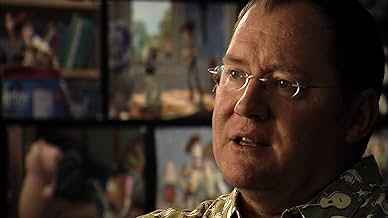Documentary on films deemed "culturally, historically or aesthetically significant" by the Library of Congress and listed on the National Film Registry (the current list includes 525 titles from every movie genre). The Registry came into being after Ted Turner began colorizing black-and-white films ("My movies," he brags) which he purchased from the MGM/UA library in 1986, sending film directors and actors to Washington, D. C. to fight for the preservation of cinema classics in their original state. The process of selecting films for the Registry is fine (it's also amusing how the Academy Awards do not act as a factor in the decision-making, since "Sometimes the Academy got it right and, at other times, they got it wrong"); however, I feel, judging movies on their so-called "importance" can also lead to bad decisions. One doesn't go to the movies solely on the basis of what is culturally significant. This process leaves out a lot of the opulent junk movie-fans eat up late at night on TCM Underground. So what about the B-movies and co-features and also-rans? Are they to be sacrificed so future generations can only see our significant works? Historic representations, one might add, which have been manufactured for commercial consumption. What is the underlying similarity between "The Maltese Falcon" and "Valley of the Dolls"? Both were produced to appeal to the public of their respective eras--for box-office revenue. It's show business, for goodness sake. ** from ****

















